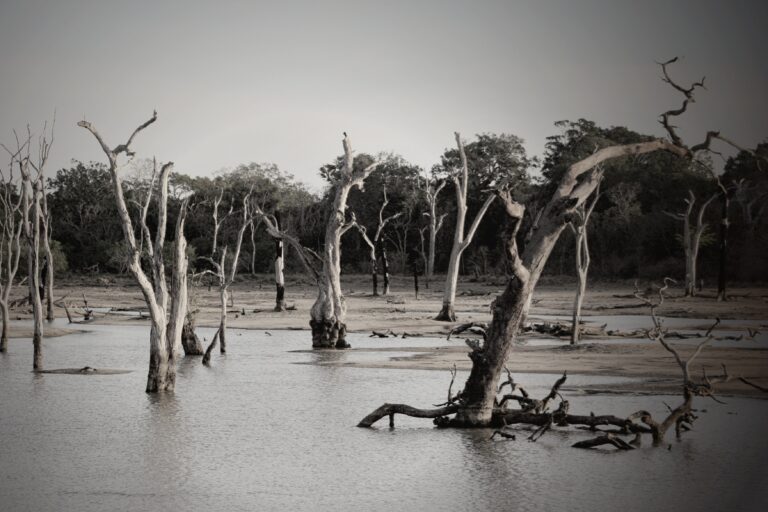Dust Smothering The Middle East

The journal Science of the Total Environment published an article titled “Dust and climate interactions in the Middle East: Spatio-temporal analysis of aerosol optical depth and climatic variables.” In the study, the authors wrote, “The Middle East (ME) is grappling with an alarming increase in dust levels, measured as aerosol optical depth (AOD), which poses significant threats to air quality, human health, and ecological stability.” In other words, the problem is bad and getting worse.
Las Vegas –Ruined By Wind?
Florida Real Estate –Dying Value?
The region covered by the work was Rub al-Khali, Ad-Dahna, An-Nafud Desert, southern Iraq, and some adjacent areas. The area was described as arid or semiarid. The rising dust from these regions affected primarily levels in Iraq, Iran, Yemen, and Saudi Arabia.
The two aspects of this study that have much in common with almost all studies of its kind are that 1) it will get worse, and 2) broad public policy will be needed to combat the situation from getting worse.
The Heart Of The Study
A comprehensive strategy focusing on environmental management and policy reforms is needed to effectively reduce dust levels. This includes reforestation, soil conservation, water conservation, regional cooperation, urban planning, advanced monitoring systems, public awareness campaigns, and climate adaptation measures. These efforts, combined with research and cross-border collaboration, are essential for a sustainable environment that is resilient to dust storms in the Middle East.
The challenge to this condition, and others with broad negative climate effects, is that the solutions take billions of dollars, and public policy adopted across many nations may have different priorities. In other words, the study may have value but will not trigger any actions.






